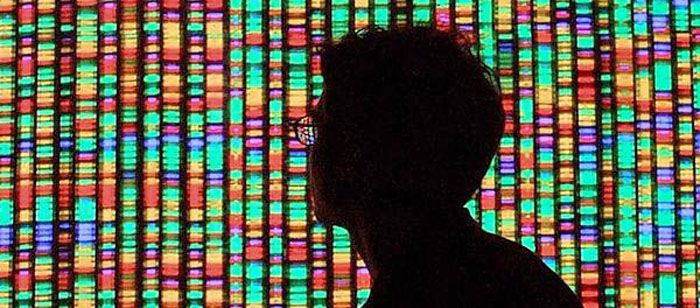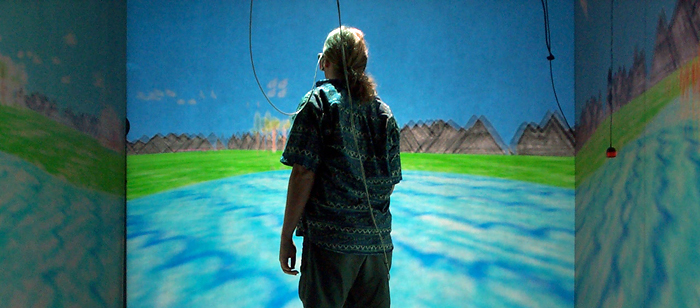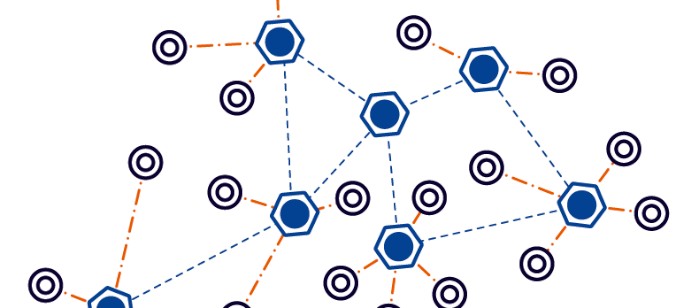CRA-W Distinguished Lecture Series
University of Maryland, Baltimore County (UMBC)
Computing for Good: Experiences in Humanitarian Computing
Ellen Zegura
Professor and Chair School of Computer Science
College of Computing, Georgia Tech
4:00 – 5:00 PM, Monday, April 16, 2012, Albin O. Kuhn Library Gallery
Almost four years ago, I was involved in the creation of Computing for Good (C4G), a Georgia Tech College of Computing initiative centered around using computing to help solve pressing societal problems. The primary activity of C4G has been a project-based course taught once per year and taken by seniors (satisfying the capstone requirement) and masters-level graduate students. Projects with life beyond one semester are frequently taken up by master's students as MS projects.
Over the last year, I have had the opportunity to work closely with the Carter Center and their Mental Health Program in Liberia. With students in the C4G fall 2010 course, my experiences have included technology consulting, technology training, technology integration, and technology invention. I have also had the chance to observe first hand a set of additional country-wide challenges where computing might play a role. In this talk, I will describe my experiences and highlight additional opportunities for computationalists.
SHORT BIO: Professor Ellen W. Zegura received the BS degree in Computer Science, the BS degree in Electrical Engineering, the MS degree in Computer Science and the DSc degree in Computer Science from Washington University, St. Louis. Since 1993, she has been on the faculty in the College of Computing at Georgia Tech. She currently serves as Professor and Chair of Computer Science. She received an NSF CAREER Award in 1995, a Washington University distinguished Alumni Award in 2008, and was selected as an IEEE Fellow in 2010. She was elected to the CRA Board of Directors in 2011.
Professor Zegura has conducted research and taught in computer networking for over 20 years. Her research interests include the Internet, with a focus on its topological structure and services, as well as mobile wireless networking. In network topology, she is the co-creator of the GT-ITM suite of Internet topology modeling tools, which remains in use 15 years after its original release. In mobile wireless networking, she and her colleagues invented the concept of message ferries to facilitate communications in environments where network connectivity is unreliable and/or sparse. Almost four years ago, she helped create the Computing for Good initiative in the College of Computing, a project-based teaching and research activity that focuses on the use of computing to solve pressing societal problems.
Host: Professor Marie desJardins





